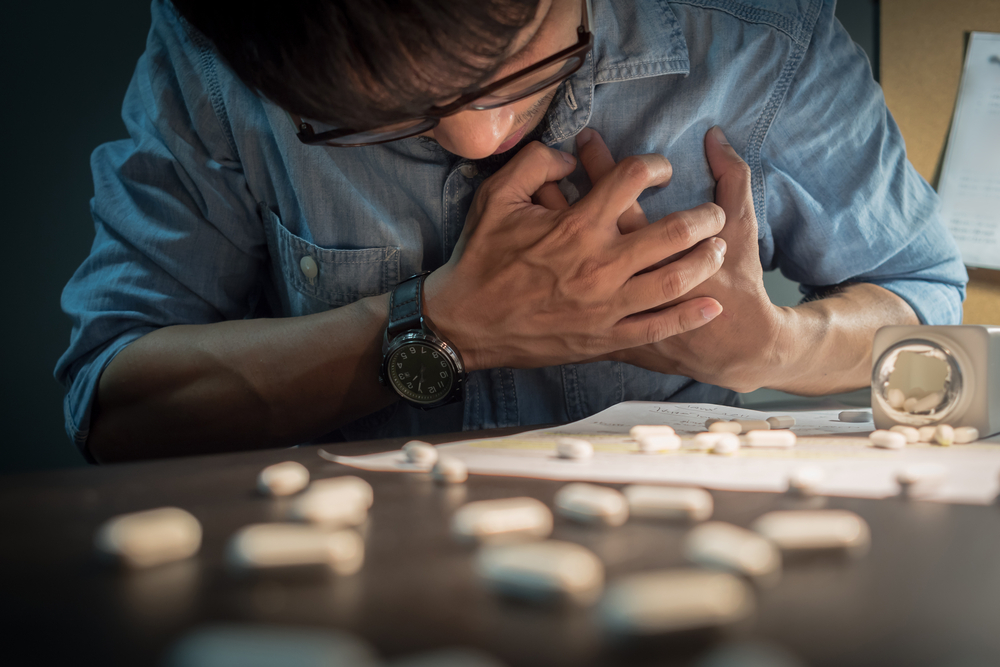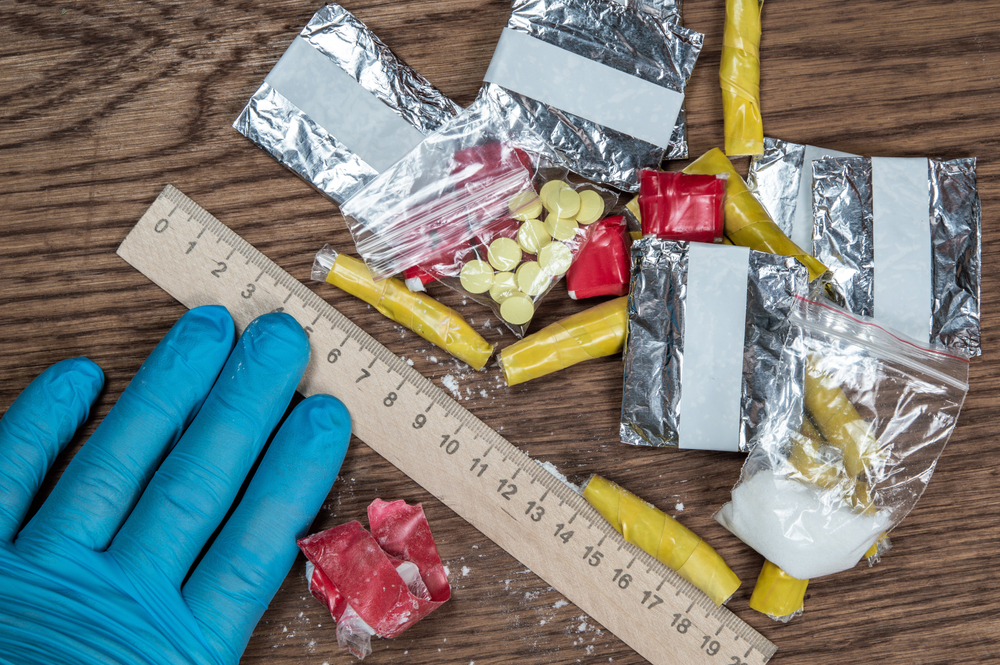


Synthetic drugs and designer substances are increasingly easy to come by. With the rise of online markets and illicit distribution networks, people can easily obtain these substances with just a few clicks or a quick exchange on the street corner. This accessibility presents a significant challenge to public health and safety, as it increases the chances of people experimenting with and becoming addicted to these dangerous substances.
Adding to the challenge is the fact that synthetic drugs are often marketed deceptively. They are branded as "legal highs" or "safe alternatives" to traditional drugs, luring unsuspecting individuals into a false sense of security. Many people underestimate the dangers posed by these substances, believing them to be harmless or less risky than “illegal drugs.”
This misinformation exacerbates the problem, as young adults are more likely to experiment with synthetic drugs without fully understanding the potential consequences. Synthetic drugs and designer substances can have unpredictable effects on the body and mind, leading to a range of health complications, addiction, and even death.

Synthetic drugs and designer substances are human-made chemicals that mimic the effects of natural or legal substances like marijuana, cocaine, or fentanyl. They are sometimes sold under fancy names research chemical or safe alternatives, but they can be just as dangerous, if not more so, than the drugs they're imitating. And just because they are made in a lab doesn't mean they’re safe.
In fact, it's often quite the opposite. They can cause all sorts of problems, like heart issues, seizures, hallucinations, and paranoia. Plus, because they're so strong, it's easy to overdose and end up in serious trouble, or even worse, you could lose your life.
The National Institute on Drug Abuse outlines chemicals that can be used for medical reasons. But, illicit drug manufacturers mostly copy publicly published research and replicate the chemical structures. They only use labels like “research chemicals” to mislead users and downplay how dangerous these illicit substances can be.
On top of that, they package the products with warnings like “not for human consumption” to bypass drug enforcement laws and regulatory scrutiny. And since most of these drugs have legal analogs under the Controlled Substances Act, manufacturers are able to circumvent existing laws that target specific chemical formulations.
Despite the clear intent of users to consume these substances for recreational purposes, the inclusion of such disclaimers creates ambiguity regarding the manufacturer's liability and the intended use of the product.

There are literally hundreds of synthetic and designer drugs on the market. Here are some common types:
Examples: Spice, K2, 2C-B, Bliss, Blaze, Skunk and Yucatan Fire
Synthetic cannabinoids are designed to mimic the effects of THC, the psychoactive compound in marijuana. They are potentially 100 times stronger than plant-based marijuana and can produce effects such as euphoria, altered perception, relaxation, and heightened sensory experiences.
Examples: Bath salts, MDPV, Alpha-PVP, Flaka, Gravel
Synthetic cathinones mimic the effects of stimulant drugs like MDMA or cocaine, producing feelings of euphoria, increased energy, alertness, and sociability. According to research, a single dose of bath salts is equivalent to 10 lines of cocaine. Bath salt causes agitation, anxiety, paranoia, hallucinations, chest pain, high blood pressure, rapid heartbeat, and, in extreme cases, aggression and self-harm.
Examples: 5-MeO-DMT (5-Methoxy-N, N-dimethyltryptamine), NBOMe (N-Benzylmethoxy), synthetic opioids, dissociatives, and hallucinogens.
NPS encompasses a wide range of synthetic drugs with diverse effects, including hallucinogenic, stimulant, sedative, and dissociative properties. Effects vary depending on the specific substance and dosage. For example, hallucinogens like 2C-I-NBOMe and 2C-C-NBOMe work similarly to LSD, and even a few salt-sized grains can cause a deadly high.
Molly, short for molecular, or molecule, is a street name for MDMA (3,4-methylenedioxymethamphetamine), also known as ecstasy. The drug produces feelings of euphoria, empathy, emotional openness, and increased sensory perception. Users may experience enhanced sociability, reduced anxiety, and heightened sensory experiences. But molly is often cut with other chemicals like MDPV and methylone.
These hallucinogens produce profound alterations in perception, consciousness, and mood. They are often used in clubs, music festivals, and rave scenes and cause users to experience visual and auditory hallucinations, distorted time perception, and spiritual or mystical experiences.

Synthetic drugs can have a range of adverse side effects due to their unpredictable nature and chemical composition. Some common side effects include:
The exact side effects can vary depending on the specific synthetic drug, its potency, dosage, and individual factors such as age, health status, and any co-occurring mental health conditions. Due to the unpredictable nature of synthetic substances, there is also a risk of experiencing adverse reactions or overdose, which can be life-threatening.
While drug manufacturers and dealers are adept at exploiting legal loopholes and evading 5-MeO-DMT measures, concerted efforts are needed to counter their activities. This includes strengthening regulatory frameworks to close existing gaps that enable the production and distribution of synthetic drugs.
Enhanced public education campaigns are also needed to raise awareness about the risks associated with these substances. These campaigns should mostly target the high-risk groups, which include young adults, mainly males in their mid- to late 20s, as well as college students who are likely to use due to peer pressure. The campaigns should provide accurate information about the deceptive marketing tactics used by manufacturers and emphasize the potential dangers of experimentation.
Lastly, healthcare professionals must be equipped to provide drug testing, support, and treatment to those struggling with addiction to synthetic drugs.
If you or someone you know experiences severe side effects or overdose symptoms after taking any drug, seeking immediate medical attention is crucial. At More Than Rehab, we understand the urgency of addressing substance abuse issues and are here to provide support and guidance.


